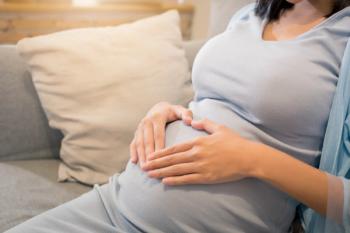
Pelvic organ prolapse: Understanding anatomy does make a difference
Vaginal wall prolapse repair requires an in-depth understanding of the three most common pathological mechanisms.
Our goals here are to review the anatomy of the posterior compartment and to describe three types of posterior wall failure: (1) failure that's distal in the perineal body (2) failure of the levator ani muscles to close the genital hiatus, and (3) failure that's more proximal with the loss of upward suspension of the posterior wall by the uterosacral ligaments. Clinically, loss of support at any of these levels results in the formation of a rectocele with or without an enterocele and perineocele. The surgical correction of the posterior wall can be tailored by specifically approaching the underlying mechanistic defect, in an attempt to restore normal anatomic support.
Understanding the anatomy
The upper suspension of the posterior vaginal wall (top of the container) is created by its attachment to the uterosacral ligaments, which extend below the peritoneum and can be seen in MRI imaging.5 All of these boundaries are subject to defects that can give rise to different structural failures.
Where do posterior wall failures occur?
Newsletter
Get the latest clinical updates, case studies, and expert commentary in obstetric and gynecologic care. Sign up now to stay informed.











